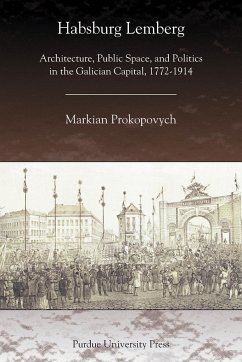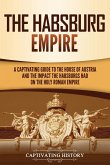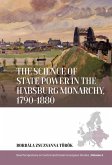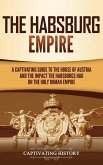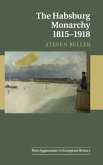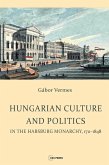When Austria annexed Galicia during the first partition of Poland in 1772, the province's capital, Lemberg, was a decaying Baroque town. By the outbreak of the First World War in 1914, Lemberg had become a booming city with a modern urban and, at the same time, distinctly Habsburg flavor. In the process of the "long" nineteenth century, both Lemberg's appearance and the use of public space changed remarkably. The city center was transformed into a showcase of modernity and a site of conflicting symbolic representations, while other areas were left decrepit, overcrowded, and neglected. Habsburg Lemberg: Architecture, Public Space, and Politics in the Galician Capital, 1772-1914 reveals that behind a variety of national and positivist historical narratives of Lemberg and of its architecture, there always existed a city that was labeled cosmopolitan yet provincial; and a Vienna, but still of the East. Buildings, streets, parks, and monuments became part and parcel of a complex set of culturally driven politics.
Hinweis: Dieser Artikel kann nur an eine deutsche Lieferadresse ausgeliefert werden.
Hinweis: Dieser Artikel kann nur an eine deutsche Lieferadresse ausgeliefert werden.

